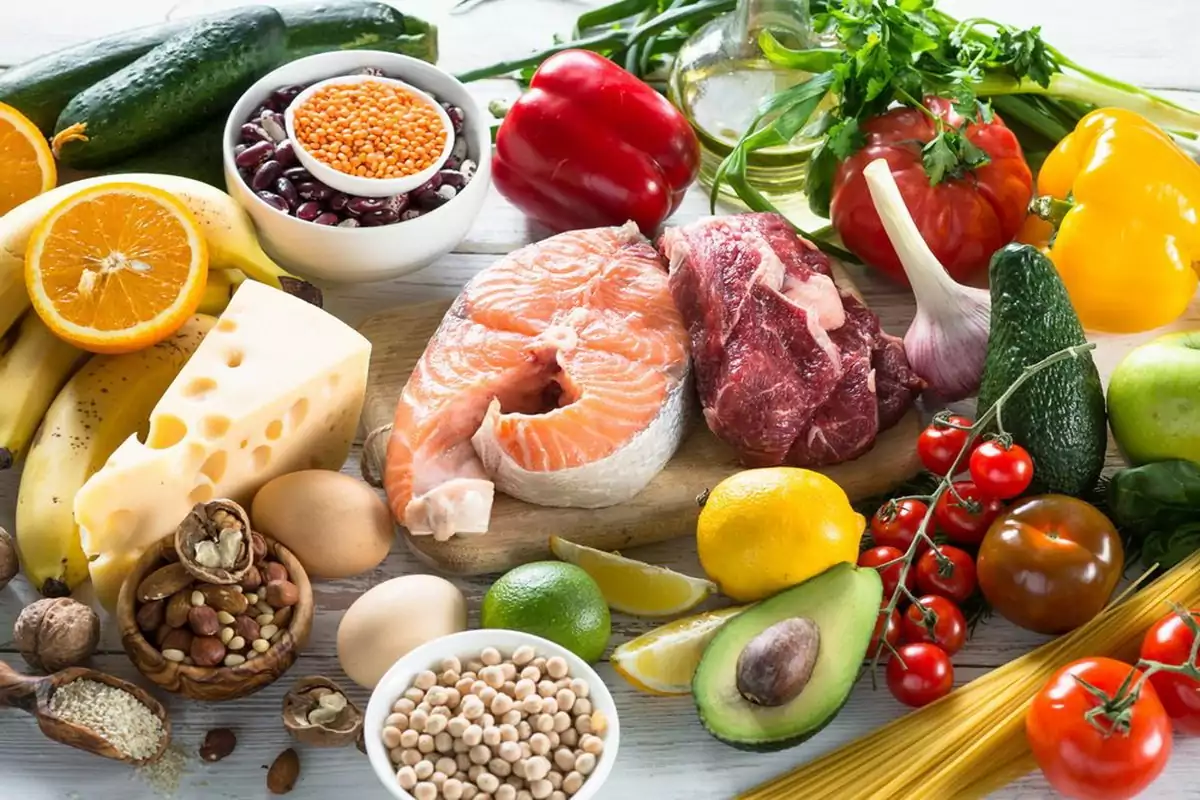Fluorine and its compounds in food are completely different from chemically created sodium fluoride. Once an element is extracted from the soil and included into plant life, its properties change significantly. Fluorine compounds in food, for instance, have important dietary functions. The mixture of organic calcium and fluorine creates a very hard surface on teeth and also in the bones. That is why, when there is tooth decay, we have a fluorine deficiency. Also, fluorine helps defend the entire body from the assault and proliferation of germs and viruses.
Fluorine in food is unstable and evaporates with cooking, while chemically fluoridated water, in contrast, loses no fluoride with heat. One of the richest sources of fluorine is goat’s milk. Other sources are seaweed, rice, rye, parsley, avocados, cabbage, and black-eyed peas; herbs high in fluorine include juniper berries, licorice, lemon grass, bancha tea twigs, and other tea plants.
